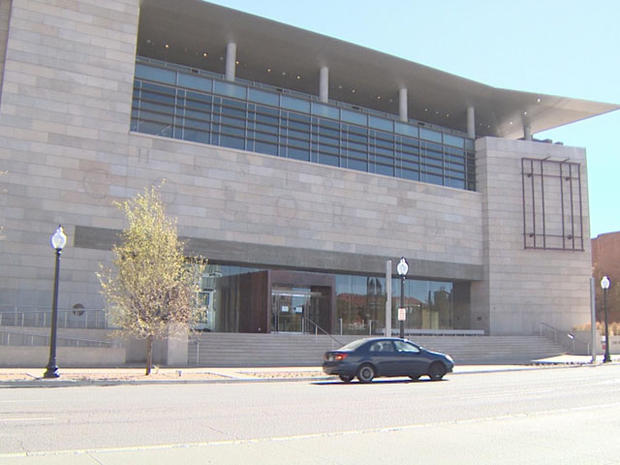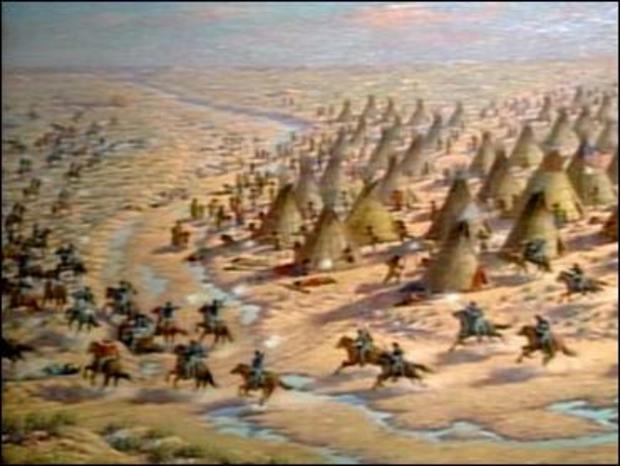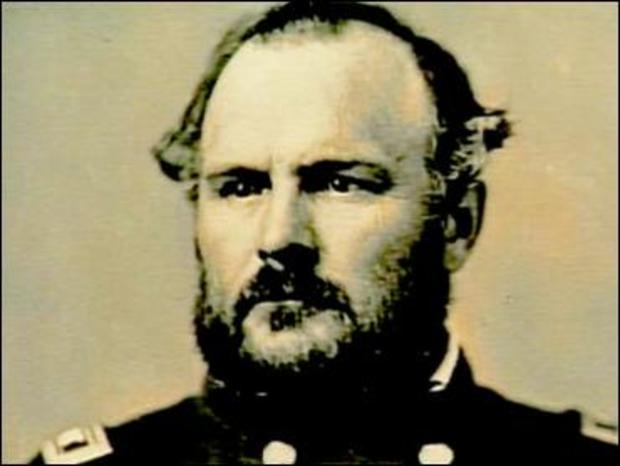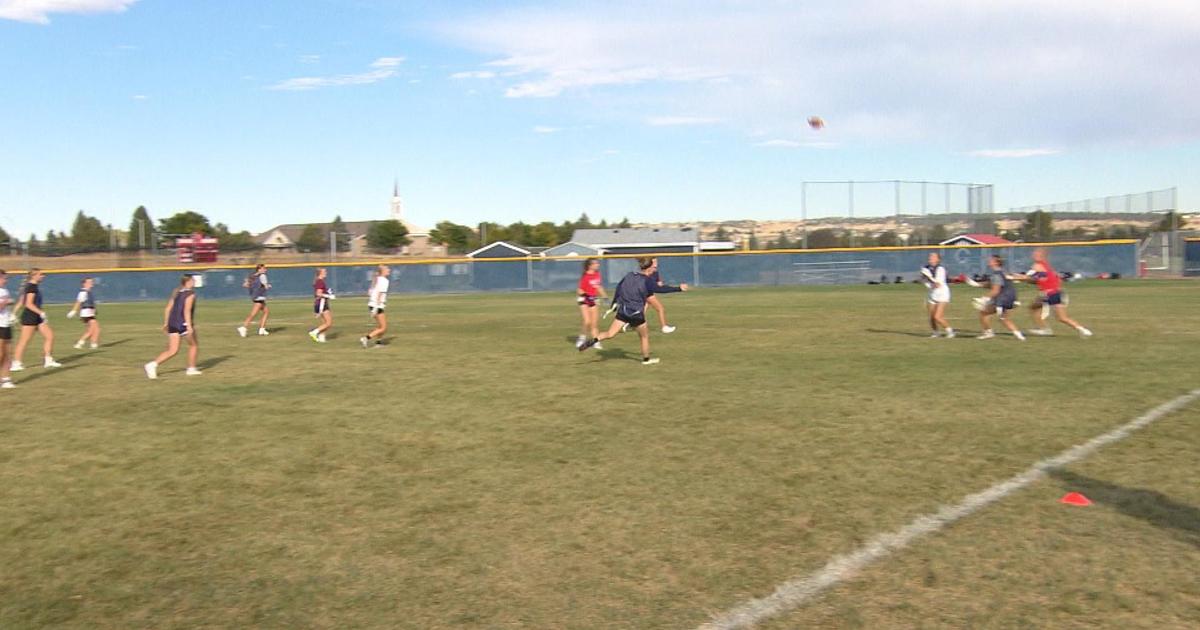Colorado History Museum Closes Sand Creek Display
DENVER (AP/CBS4) - Colorado's new state history museum has closed an exhibit on the Sand Creek Indian massacre, one of the state's darkest chapters, after descendants of the slaughter's survivors demanded changes in how it is portrayed and complained that they weren't consulted about the display.
A U.S. Army force led by Col. John M. Chivington swept into a sleeping Indian village along Sand Creek in southeastern Colorado on Nov. 29, 1864. Troops killed more than 160 Cheyenne and Arapaho, most of them women, children and the elderly. Officials at the time insisted the attack was to avenge Native American raids on white settlers and kidnappings of women and children.
Dale Hamilton, a descendant of Chief Sand Hill, one of the survivors, said curators of the History Colorado Center museum in Denver didn't consult tribes about the display, which opened in April 2012. The exhibit was closed in June.
Tribal historians found some dates were wrong, excerpts from letters left out crucial details, and the exhibit attempted to explain Native American-white settler conflicts as a "collision of cultures," claimed Hamilton, of Concho, Okla., where he lives with Cheyenne and Southern Arapahoe tribes.
"This wasn't a clash of cultures. This was a straight-up massacre. All we are looking for is respect for our relatives who were murdered," said Hamilton.
Officials at the history center say they are waiting for the state and tribes to reach a consensus before reopening the exhibit, which includes a 1996 video titled, "Oral Histories of Sand Creek Massacre Descendants."
"In developing the exhibit about the Sand Creek Massacre, History Colorado employed objects, oral histories, audio and text to convey to audiences the unspeakable tragedy, the profound national importance and the enduring impact of that event, not only for Cheyenne and Arapaho people, but for all of us as a society," said History Colorado spokeswoman Rebecca Laurie.
"However, we did not adequately consult with the Northern Cheyenne of Montana, the Northern Arapaho of Wyoming and the Cheyenne and Arapaho Tribes of Oklahoma as we developed this exhibit, and we are now in a consultation process to address their concerns," Laurie said.
Troy Eid serves on a federal advisory board on Native American affairs and volunteered to negotiate with the tribes on behalf of the state. He said the closure had more to do with the state's failure to consult with tribes before the exhibit opened than with differences over history.
"They had some objections to the process, and the museum agreed to close the exhibit until the consultations are concluded," Eid said.
Survivors' descendants say the U.S. government had ordered their ancestors to stay at a camp at Sand Creek, 180 miles southeast of Denver, while talks were held on their future. During the attack, some victims' bodies were mutilated; body parts were taken back to Denver, where the soldiers were hailed as heroes.
Several U.S. commanders refused to join the attack, saying Indian leaders tried to surrender by waving a white flag.
Some soldiers wrote to officials in Washington, accusing Chivington of an unprovoked massacre. Congress ultimately condemned the incident -- in which nine U.S. soldiers died -- but no one was held accountable.
Ari Kelman, author of "A Misplaced Massacre," a history of Sand Creek, said the exhibit portrays the angst and remorse of soldiers over what happened that day.
"This is a wound that has never healed," he said.
The place where the massacre took place is now operated by the National Parks Service and it is called the Sand Creek Massacre National Historic Site.
(TM and © Copyright 2013 CBS Radio Inc. and its relevant subsidiaries. CBS RADIO and EYE Logo TM and Copyright 2013 CBS Broadcasting Inc. Used under license. All Rights Reserved. This material may not be published, broadcast, rewritten, or redistributed. The Associated Press contributed to this report.)






